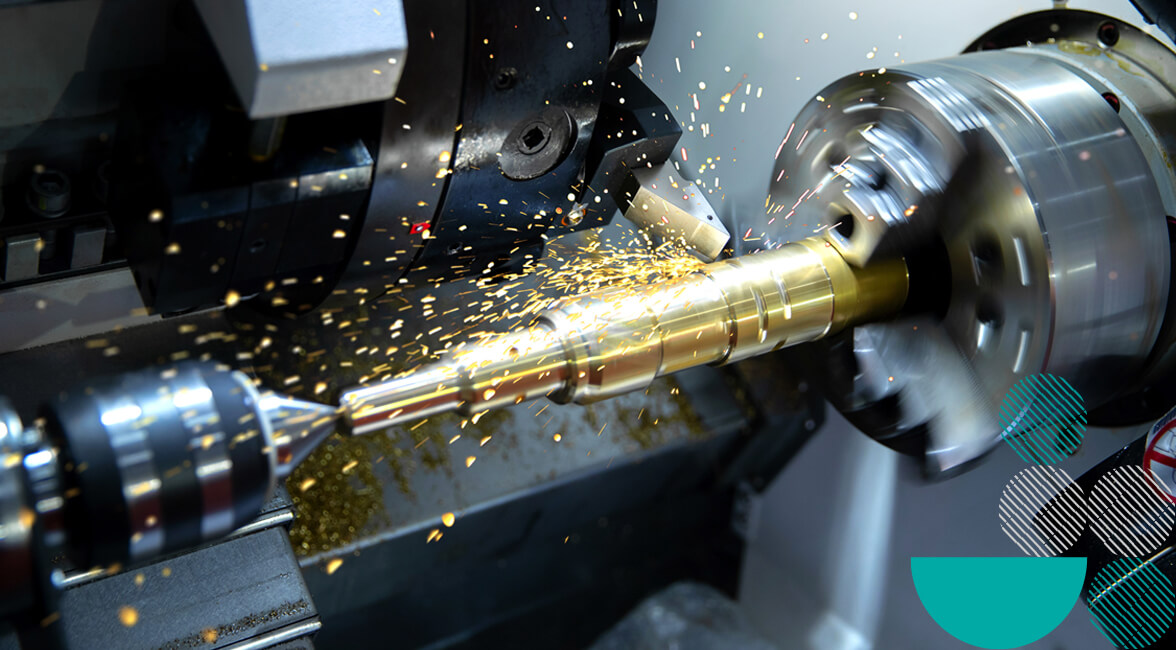In the world of electronics, bipolar junction transistors play a pivotal role. They are fundamental in the construction of electronic circuits and have been a cornerstone of modern electronics for decades. Despite the advent of other transistor types, bipolar junction transistors (BJTs) remain relevant due to their unique properties and capabilities. Let’s delve deeper into what makes these semiconductor devices indispensable in various applications.

Understanding the Basics: What are Bipolar Junction Transistors?
Bipolar junction transistors are semiconductor devices that control current flow. They consist of three layers of semiconductor material, each capable of carrying current. The three regions are called the emitter, base, and collector. Their primary function is to amplify current, making them crucial elements in numerous electronics such as amplifiers and switches. You can find more about the impact of such components on innovation in electronics at electronics manufacturing.
How Do Bipolar Junction Transistors Work?
The working principle of a bipolar junction transistor involves the movement of charge carriers through the semiconductor material. Depending on the type of BJT (NPN or PNP), the direction of electron and hole flow varies. This movement allows BJTs to amplify current or function as switches in circuitry. Their efficiency in managing power transitions is explored in modern manufacturing processes, as discussed in the context of smart manufacturing.
Types of Bipolar Junction Transistors
There are two main types of BJTs: NPN and PNP. The difference lies in the arrangement and type of charge carriers that move within the transistor. In NPN transistors, electrons are the primary carriers, while in PNP transistors, holes are predominant. This distinction is crucial in determining the direction of current flow and thus influences their application in circuits.
Applications of Bipolar Junction Transistors
Bipolar junction transistors are vital in various fields. They are commonly used in audio amplifiers, radios, and computers. Their ability to amplify and switch signals makes them ideal for numerous electronic devices. Understanding their application can provide insights into sustainable practices in electronics, which you can read more about in sustainable electronics.
Importance in Modern Electronics
Despite the emergence of modern technologies such as MOSFETs, BJTs hold a distinctive position due to their robustness and reliability. They are often used in critical applications where stable performance is necessary, such as in power amplifiers and switch mode power supplies.
Construction of Bipolar Junction Transistors
The construction of a BJT involves sandwiching a thin layer (base) of one type of semiconductor between two thicker layers (emitter and collector) of another type. This structure allows for efficient control of electron and hole flow, making BJTs optimal for current amplification.
Advantages of Bipolar Junction Transistors
BJTs are celebrated for their high gain-bandwidth product and excellent linearity. These attributes make them suitable for high-frequency applications and precision circuits. Their construction allows for a wide dynamic range, further enhancing their utility.
Drawbacks and Challenges
While BJTs offer numerous advantages, they also have some drawbacks. They tend to consume more power compared to other transistor types and can be less efficient in low-voltage operations. Nonetheless, advancements in technology continue to address these challenges, expanding their applicability.
Future of Bipolar Junction Transistors
As technology progresses, the evolution of bipolar junction transistors continues. New materials and manufacturing techniques promise to enhance their performance and efficiency. Literature on integrating electronics into modern prototypes is available in this electronic prototype guide.
Innovations in Transistor Technology
Recent innovations focus on improving the power efficiency and size reduction of BJTs. These advancements ensure that they remain competitive and effective in the ever-evolving electronics industry.

Frequently Asked Questions (FAQ)
1. What are bipolar junction transistors used for?
BJTs are used for amplifying current and switching applications in various electronic devices.
2. What distinguishes NPN and PNP transistors?
The primary distinction is the direction of current flow and the type of charge carriers that dominate (electrons in NPN, holes in PNP).
3. Are bipolar junction transistors still relevant today?
Yes, they remain crucial in electronics, especially where high power and reliable performance are needed.
The world of bipolar junction transistors is both fascinating and essential to the advancement of technology. As we continue to innovate and explore new applications, understanding and leveraging the benefits of BJTs will remain crucial for the electronics industry.


